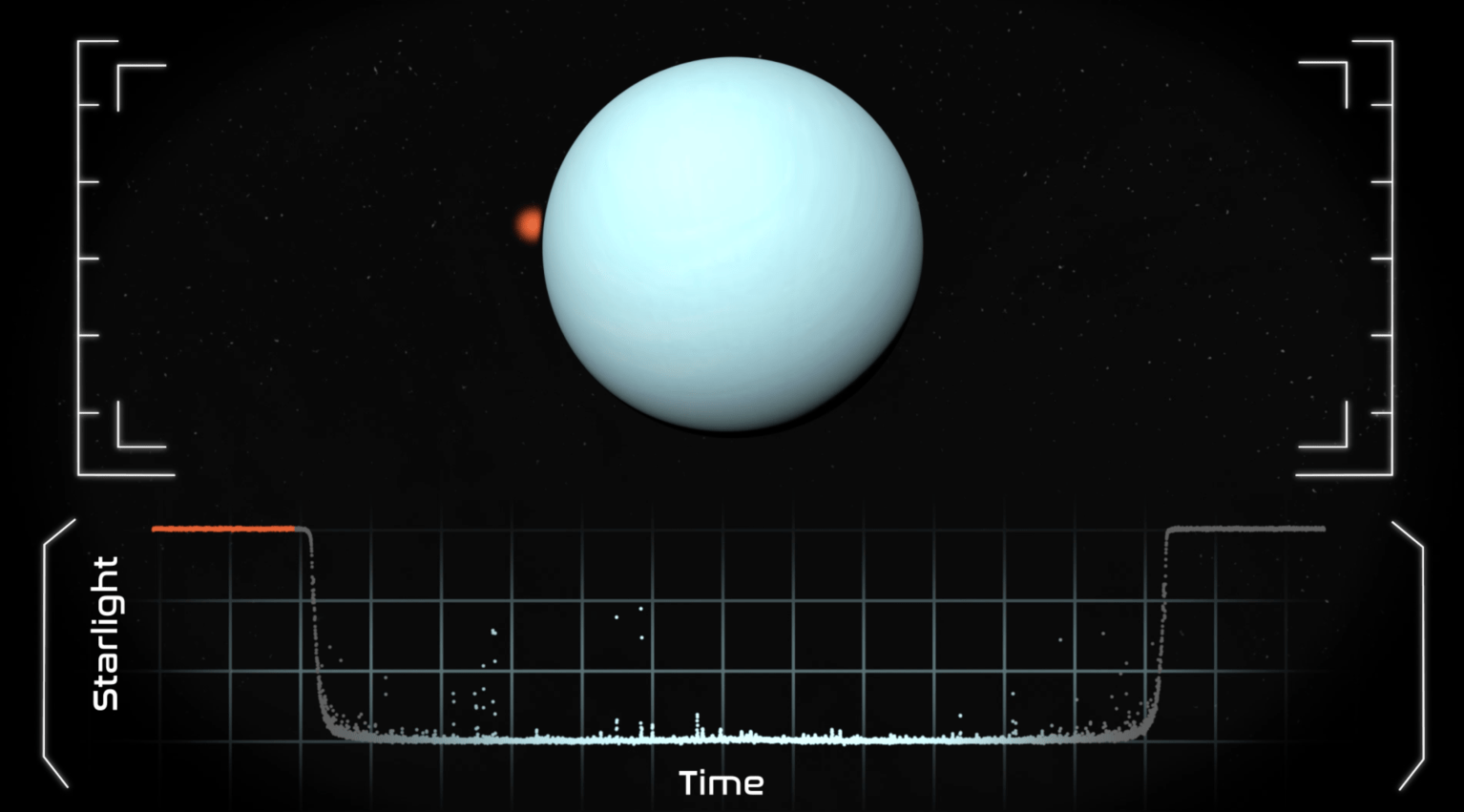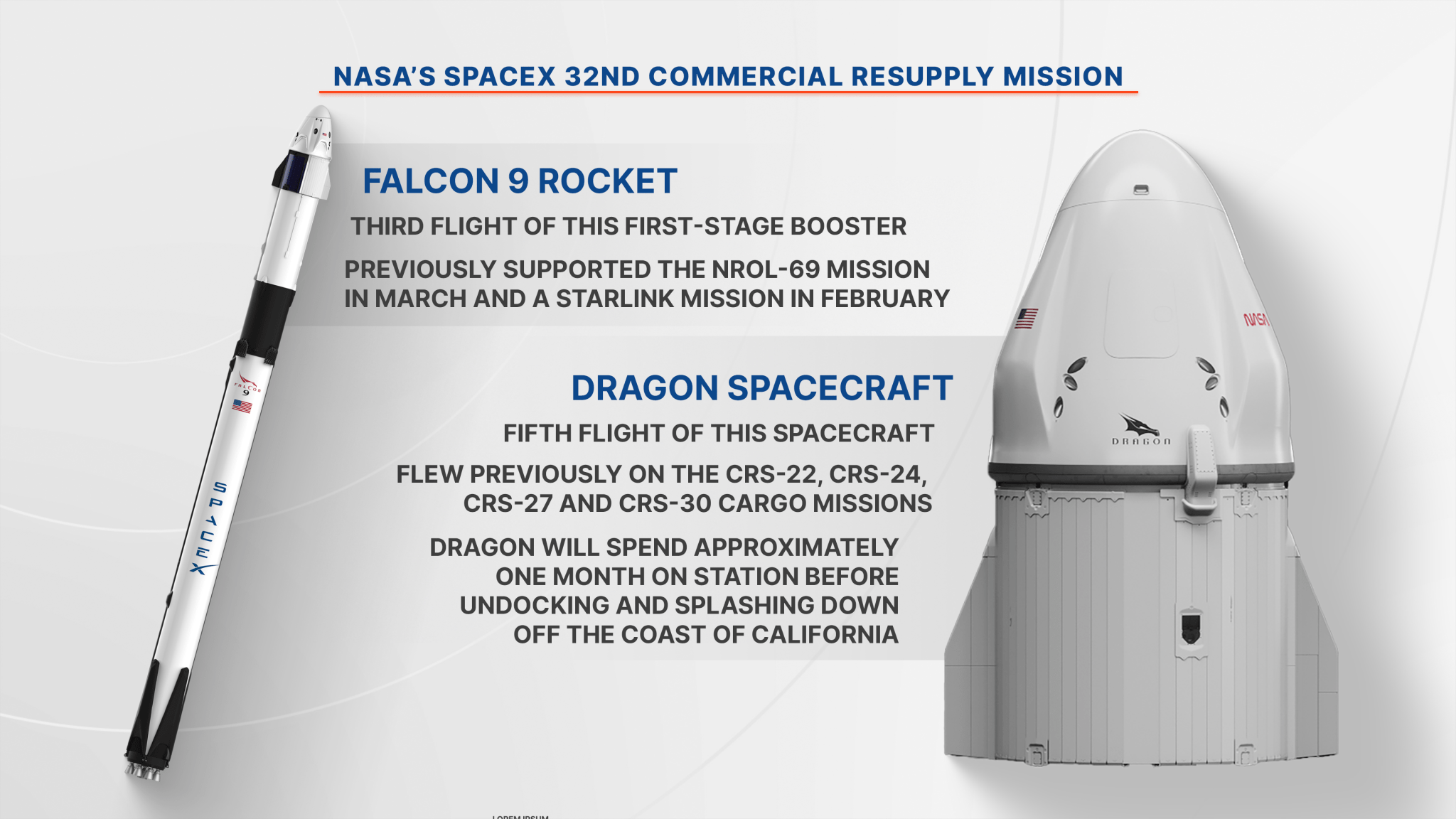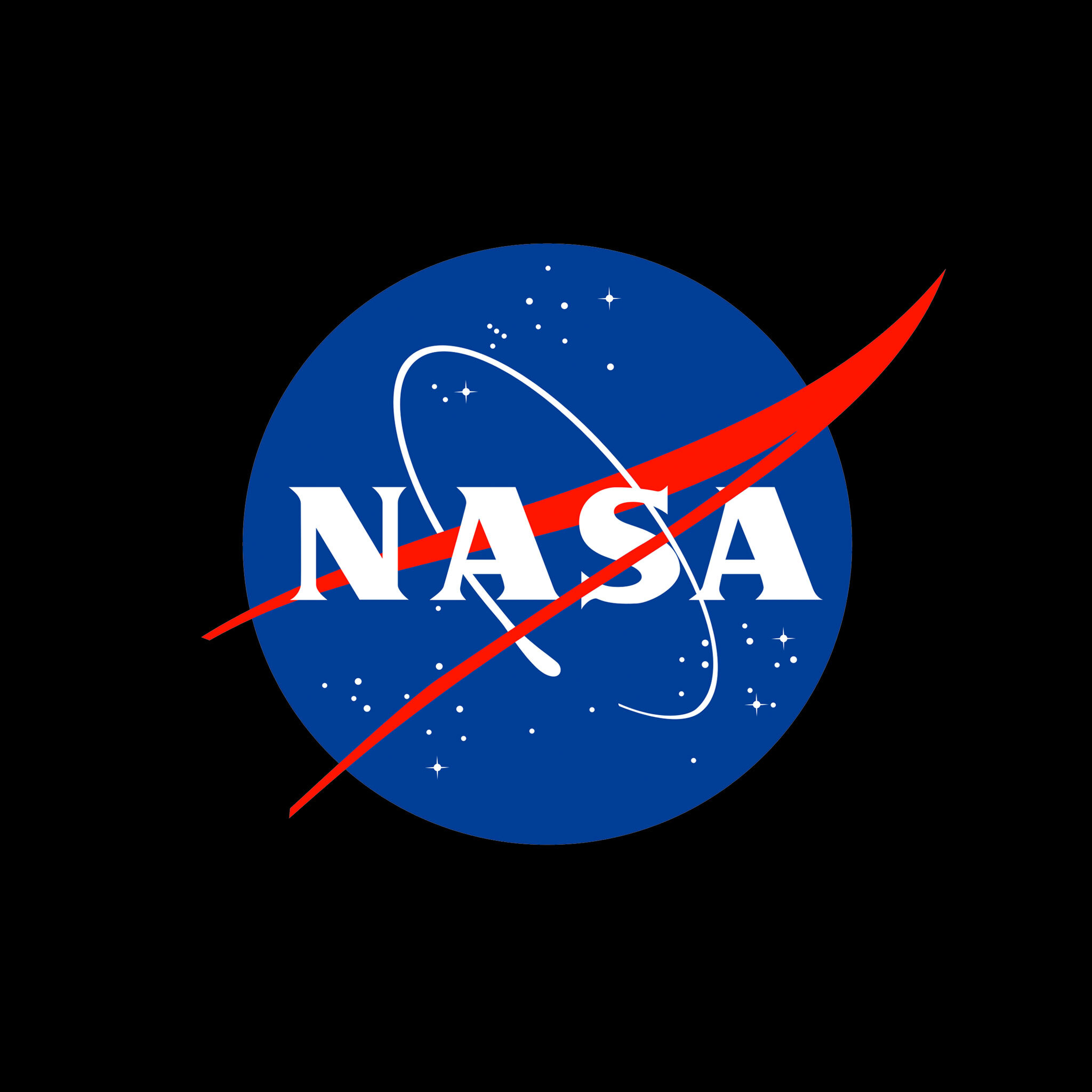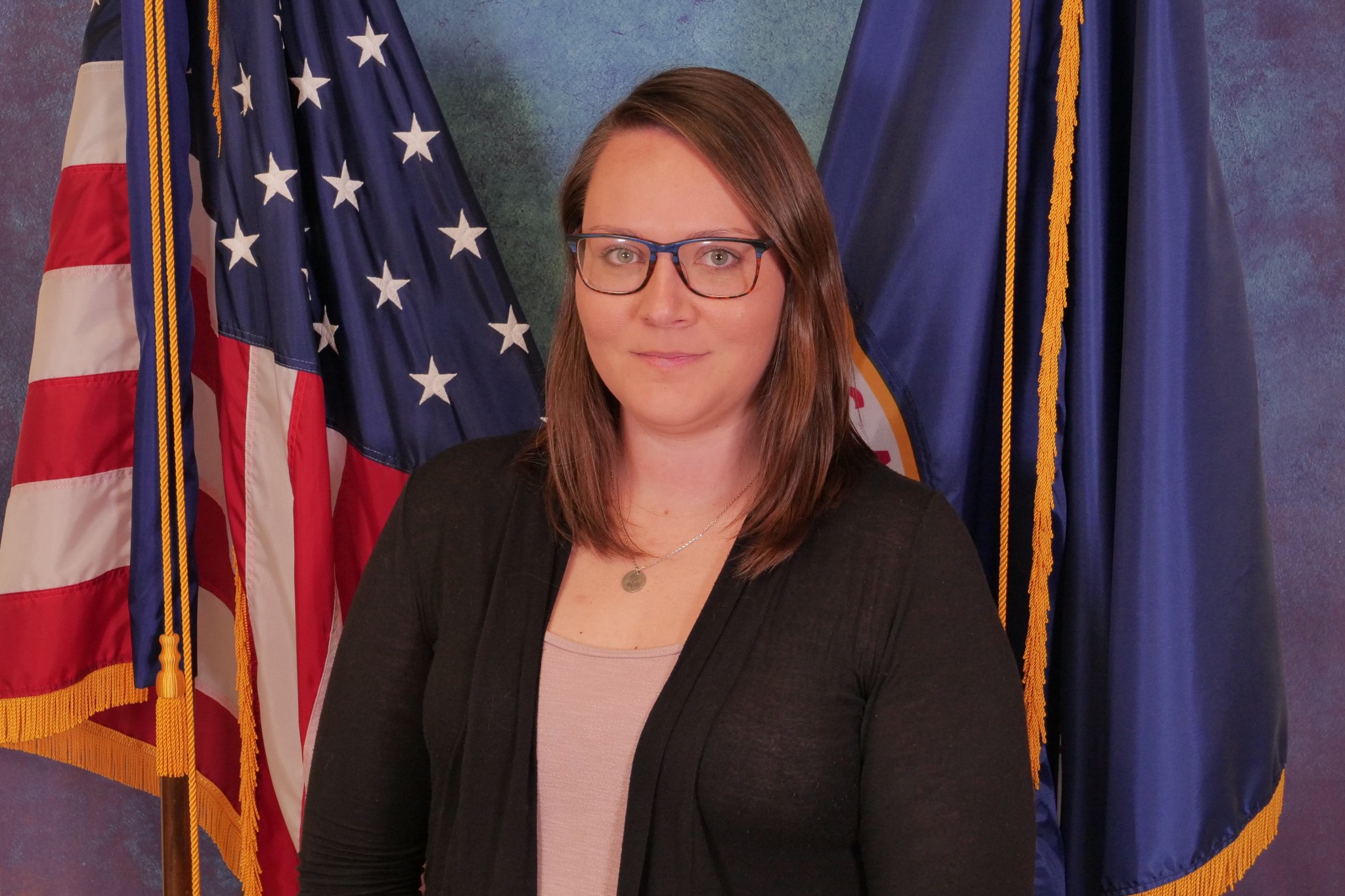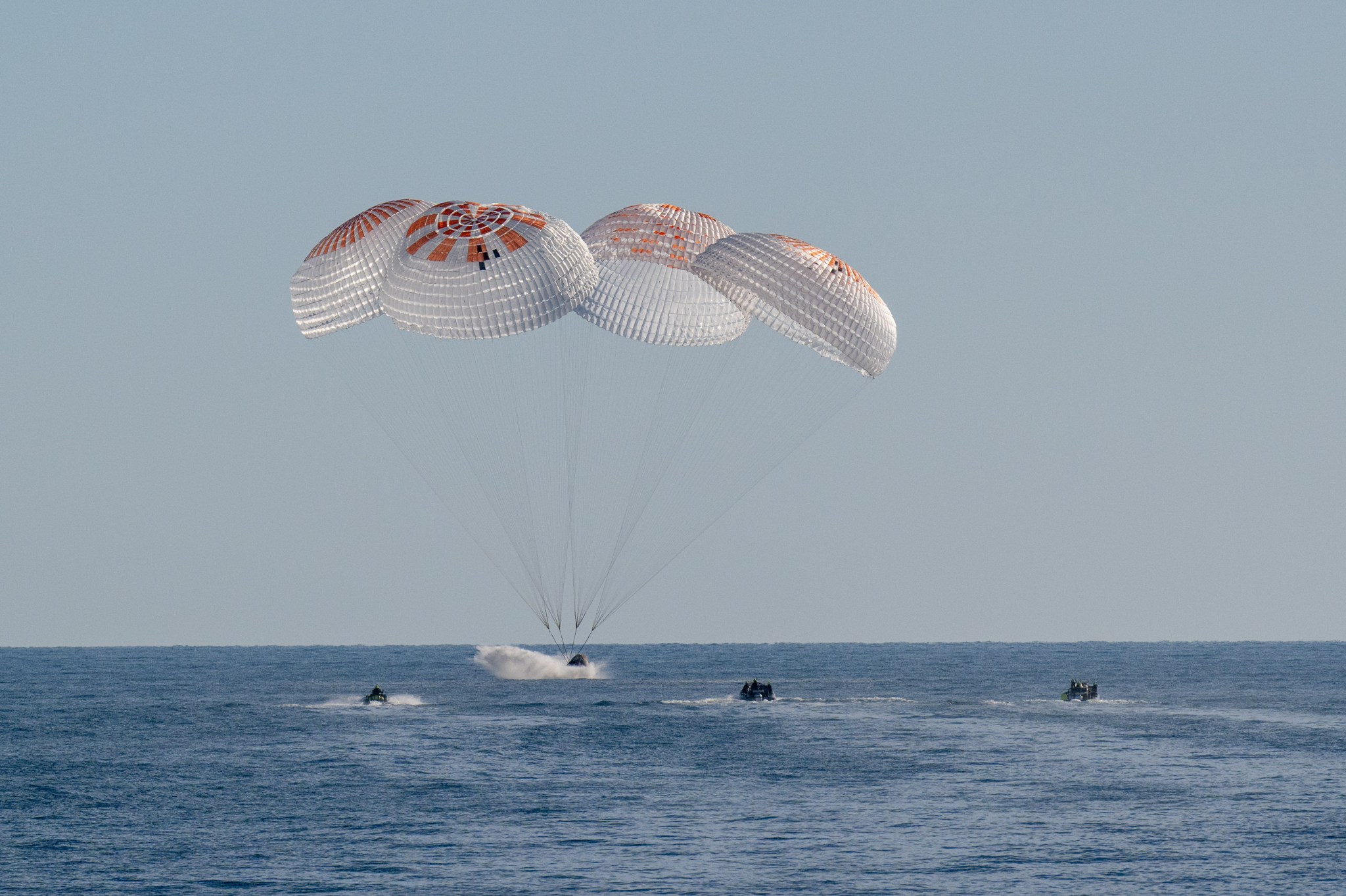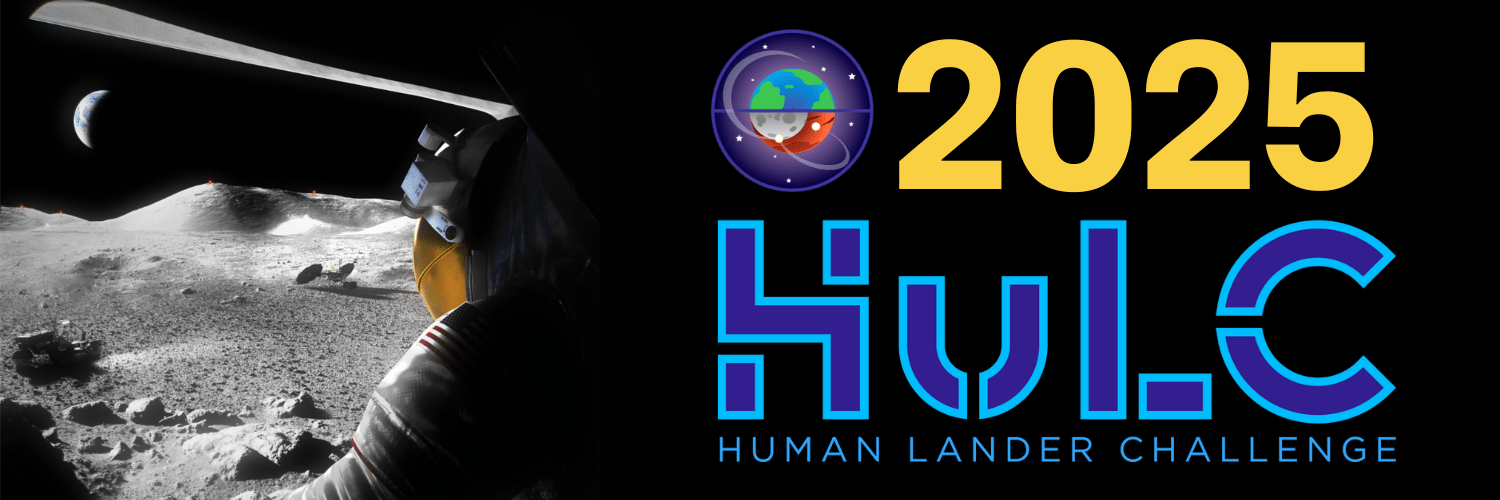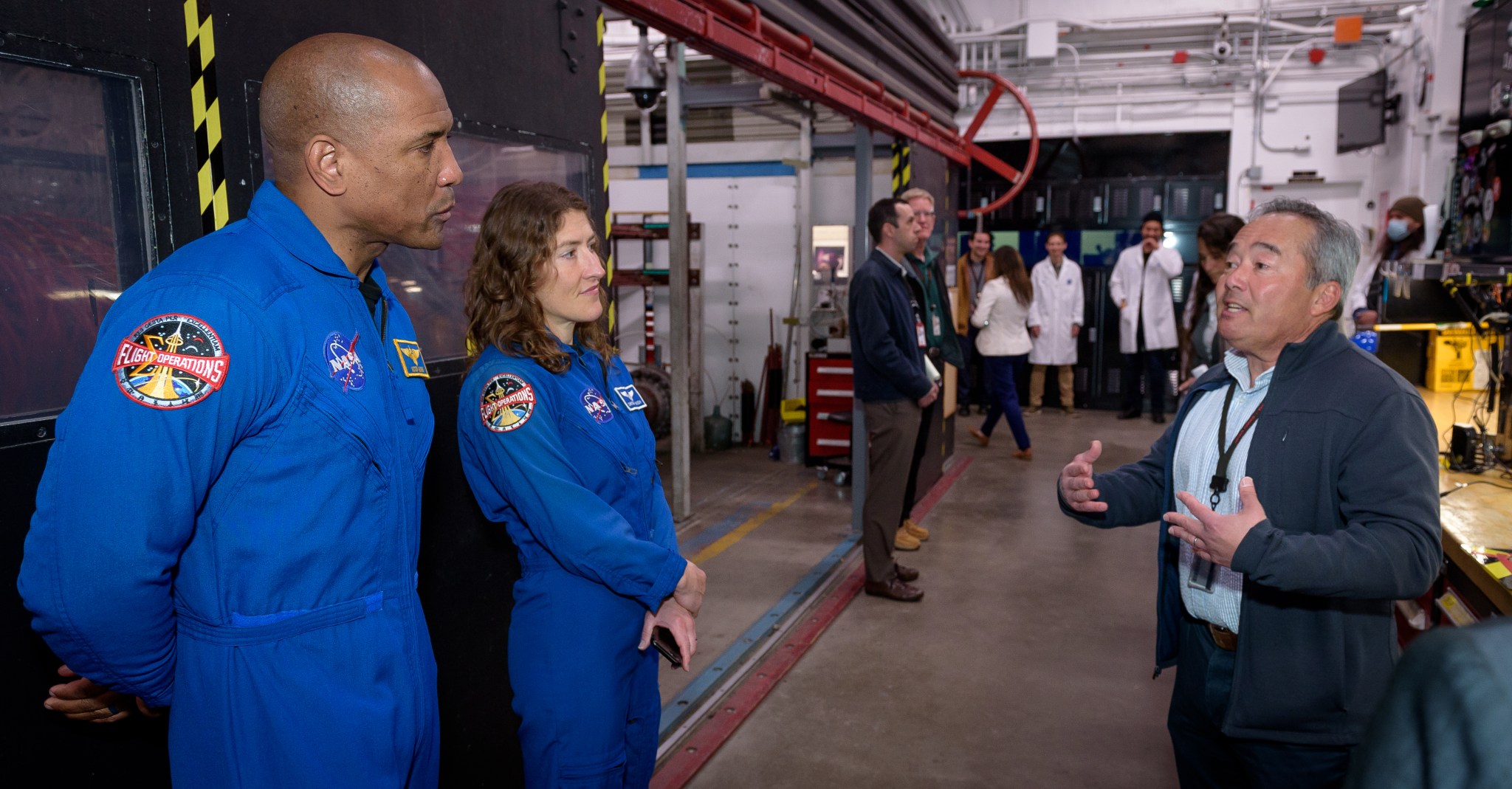5 Min Read Planetary Alignment Provides NASA Rare Opportunity to Study Uranus Artist's illustration showing a distant star going out of sight as it is eclipsed by Uranus – an event known as a planetary stellar occultation. Credits: NASA/Advanced Concepts Laboratory When a planet’s orbit brings it between Earth and a distant star, it’s more than just a cosmic game of hide and seek. It’s an opportunity for NASA to improve its understanding of that planet’s atmosphere and rings. Planetary scientists call it a stellar occultation and that’s exactly what…
Read MoreCategory: General
Anything and everything space
NASA’s SpaceX 32nd Commercial Resupply Mission Overview
NASA and SpaceX are targeting no earlier than 4:15 a.m. EDT on Monday, April 21, for the next launch to deliver scientific investigations, supplies, and equipment to the International Space Station. Filled with about 6,700 pounds of supplies, the SpaceX Dragon spacecraft, on the company’s Falcon 9 rocket, will lift off from Launch Complex 39A at NASA’s Kennedy Space Center in Florida. This launch is the 32nd SpaceX commercial resupply services mission to the orbital laboratory for the agency, and the 12th SpaceX launch under the Commercial Resupply Services-2 (CRS)…
Read MoreWhy Do We Grow Plants in Space?
1 min read Preparations for Next Moonwalk Simulations Underway (and Underwater) Why do we grow plants in space? Plants are such versatile organisms that they can fulfill many roles in our exploration of space. Plants provide us with food, with oxygen, they can recycle water and waste, and they can even provide us with psychological benefits. So all these functions will help NASA in fulfilling our goal of trying to create a sustainable environment for human presence in space. But there are also other benefits. We can investigate how plants…
Read MoreNASA Announces 31st Human Exploration Rover Challenge Winners
To view this video please enable JavaScript, and consider upgrading to a web browser that supports HTML5 video NASA has announced the winners of it’s 31st Human Exploration Rover Challenge . The annual engineering competition – one of the agency’s longest standing student challenges – wrapped up on April 11 and April 12, at the U.S. Space & Rocket Center in Huntsville, Alabama, near NASA’s Marshall Space Flight Center. NASA NASA has announced the winning student teams in the 2025 Human Exploration Rover Challenge. This year’s competition challenged teams to…
Read MoreWelcome to the Mission Support Directorate (MSD)
2 min read Preparations for Next Moonwalk Simulations Underway (and Underwater) Portrait of David Mitchell, Thursday, Jan. 27, 2022, NASA Headquarters Mary W. Jackson building in Washington. NASA/Bill Ingalls David Mitchell, the Associate Administrator for MSD. Have you ever wondered how NASA manages to achieve all the incredible missions it does, like probing the Sun and studying the history of our Universe? We do it through teamwork, one of our core values. And an essential part of NASA’s team is what we call Mission Support. Mission Support makes sure NASA’s…
Read MoreMeet Alex Olley: Air Force Veteran Powering the Space Station
As an Air Force veteran from Spartanburg, South Carolina, Alex Olley now serves as a contract specialist in the International Space Station Procurement Office at NASA’s Johnson Space Center in Houston. Olley joined NASA as a Pathways intern in January 2023 to turn his lifelong goal into a reality—bringing his unique experience in the defense and space industries to support one of humanity’s most ambitious endeavors. Official portrait of Alex Olley. NASA Olley manages the procurement of supplies, services, and research for the International Space Station. His role requires sharp…
Read MoreCaroline Cawthon: Supporting America’s Future in Low Earth Orbit
Since joining NASA in 2017 as a contractor supporting the International Space Station, Caroline Cawthon has held many roles supporting real-time operations as a certified flight controller, team lead, and lead systems engineer. Caroline Cawthon’s official NASA portrait. NASA is one of the biggest most impressive networks of engineering, science, and space program expertise in the world and to not leverage that experience in mentorship would be a waste. Caroline Cawthon CLDP Engineering and Integration Lead Now, she is supporting America’s future in orbit as the systems engineering and integration…
Read MoreBack to Earth, Forward to the Future: NASA’s SpaceX Crew-9 Returns
After months of groundbreaking research, exploration, and teamwork aboard the International Space Station, NASA’s SpaceX Crew-9 has returned to Earth. NASA astronauts Nick Hague, Suni Williams, and Butch Wilmore, as well as Roscosmos cosmonaut Aleksandr Gorbunov, splashed down safely on March 18, 2025, as a pod of dolphins circled the Dragon spacecraft near Tallahassee, Florida. NASA astronauts Nick Hague, Suni Williams, Butch Wilmore, and Roscosmos cosmonaut Aleksandr Gorbunov aboard the SpaceX Dragon spacecraft in the water off the coast of Tallahassee, Florida, March 18, 2025. NASA/Keegan Barber Williams and Wilmore…
Read MoreNASA Selects Finalist Teams for Student Human Lander Challenge
NASA has selected 12 student teams to develop solutions for storing and transferring the super-cold liquid propellants needed for future long-term exploration beyond Earth orbit. The agency’s 2025 Human Lander Challenge is designed to inspire and engage the next generation of engineers and scientists as NASA and its partners prepare to send astronauts to the Moon through the Artemis campaign in preparation for future missions to Mars. The commercial human landing systems will serve as the primary mode of transportation that will safely take astronauts and, later, large cargo from…
Read MoreArtemis Astronauts & Orion Leadership Visit NASA Ames
2 min read Preparations for Next Moonwalk Simulations Underway (and Underwater) Astronauts Victor Glover and Christina Koch tour the Arc Jet Facility at NASA’s Ames Research Center, learning more about the testing equipment’s capabilities to analyze thermal protection systems from George Raiche, thermophysics facilities branch chief at Ames. NASA/Donald Richey As NASA prepares to send astronauts to the Moon aboard the Orion spacecraft, research, testing, and development at NASA’s Ames Research Center in California’s Silicon Valley has played a critical role. Recently, Ames welcomed Artemis II astronauts Christina Koch and…
Read More